SG: The extraordinary impact of the virus prompted policy-makers to call for an extensive shutdown of places of mass gatherings. Seeing this as a logical necessity, the order has also been enforced on schools and centers of higher education. Unfortunately, it has stranded 1.5 billion learners across 88 countries without any access to learning. As much as educators want to contribute to curtailing the spread of the outbreak, there are serious concerns about educational continuity. They’re all waiting for the curve to flatten while speculating on the appropriate time to bring in the next generation of learners into the classrooms. Several progressive setups like IIMB had begun investing in making learning available to their learners round the clock, through an online approach.
But post-COVID, I believe we will be able to bridge many challenges associated with online education and create an enabling environment for learning. From overcoming the digital divide to ensuring robust and sophisticated studios for quality training and content generation, post the pandemic and the recovery phase, the education ecosystem will transform by leveraging technology to solve many of these issues.
The proliferation of technological advancements will create a more dynamic experience for the education industry. Connection and cohabitation will alter the DNA of digital learning. By capitalizing on the digital habits of students, web-based, app-based and tv-based learning can be used to foster rewarding and inspiring virtual environments.
Concurrently, online exams will also create its own space among learners and examiners, with the advantages of being location-agnostic, secure, and reliable.
Prof J: 320 million Indian learners are currently out of school – 143 million in the primary sector, 133 in the secondary, and 34 million in the tertiary education sector. Additionally, the impact is visible, with a considerable disruption in academic schedules globally. More than regular classes, it is essentially the entrance exams that have had to be rescheduled with no clarity on the revised schedules. And lastly, career development plans for many are also on hold with the ongoing churn.
The question of ‘when will we return to business as usual,’ is overshadowed by ‘will there be business as usual post-COVID?’ Because this crisis isn’t the last of it. We are bound to face periodic disruptions for a year, even more. Hence, there is a dangerous ambiguity. I presume the adoption of online technologies can help educational institutions tide over the disruptions better in the future.









 Behavioral Competencies
Behavioral Competencies Cognitive Competencies
Cognitive Competencies Coding Competencies
Coding Competencies Domain Competencies
Domain Competencies














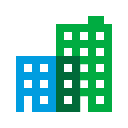 Infrastructure: With the digital divide and limited internet bandwidth in India, institutional infrastructure will take a while to adopt digital learning.
Infrastructure: With the digital divide and limited internet bandwidth in India, institutional infrastructure will take a while to adopt digital learning.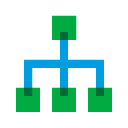 Competence: Teaching in the digital format will require significant re-designing of the curriculum and delivery. It entails a structured and speedy approach with a repository of solutions.
Competence: Teaching in the digital format will require significant re-designing of the curriculum and delivery. It entails a structured and speedy approach with a repository of solutions.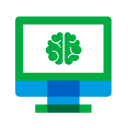 Change in Mindset: The concept of digital varies significantly for both the faculty and the students – both will have to partner to function collaboratively and symbiotically.
Change in Mindset: The concept of digital varies significantly for both the faculty and the students – both will have to partner to function collaboratively and symbiotically. Ethical implications: Many of us use digital tools like zoom for connecting online, but they pose ethical implications concerning security and privacy. These also have to be mitigated before making a dramatic shift to the online space.
Ethical implications: Many of us use digital tools like zoom for connecting online, but they pose ethical implications concerning security and privacy. These also have to be mitigated before making a dramatic shift to the online space.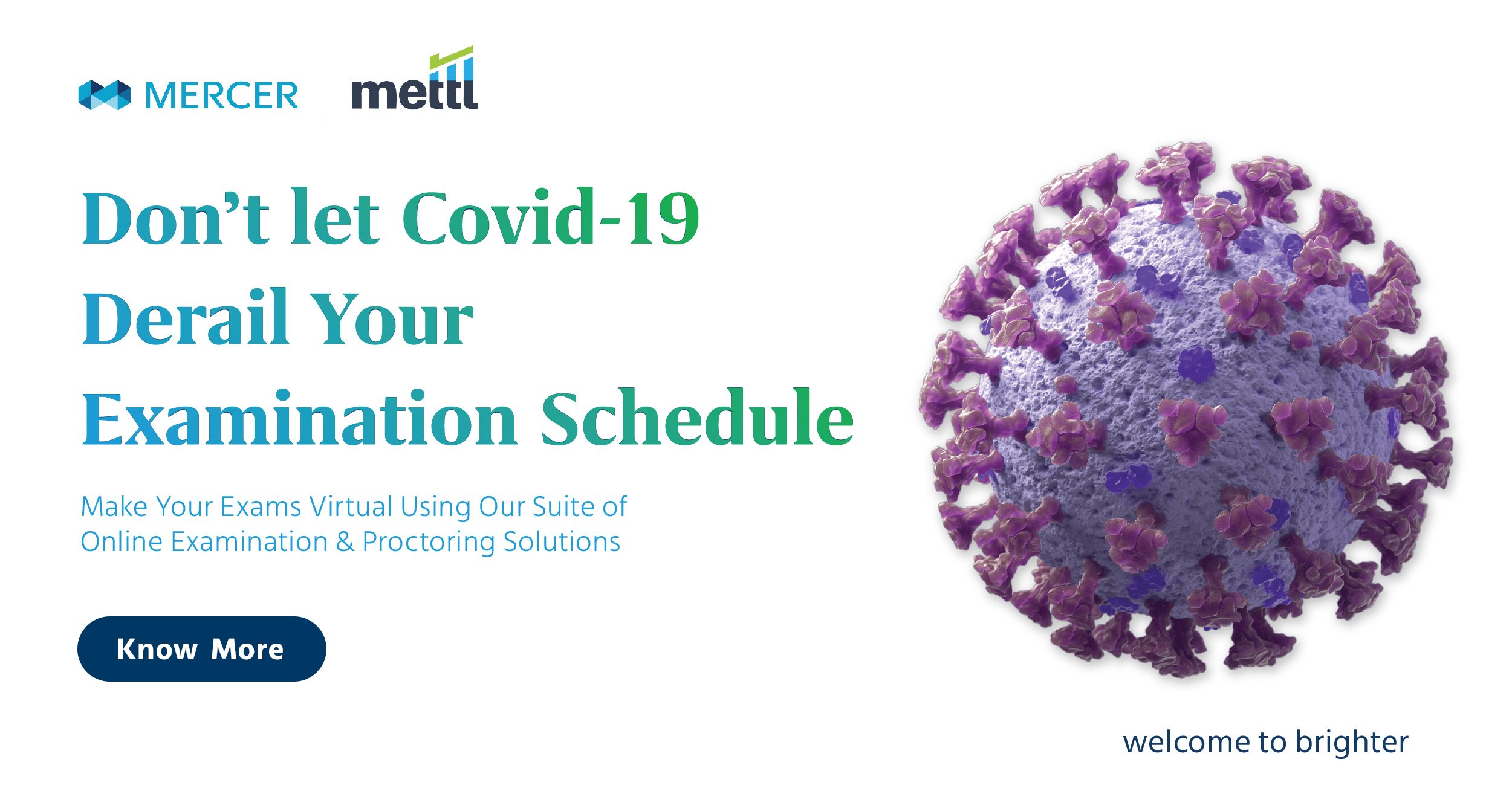




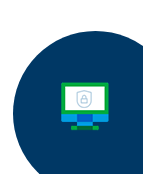
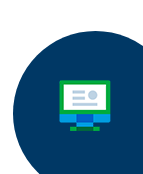
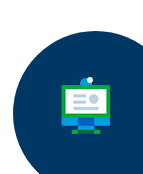



Would you like to comment?